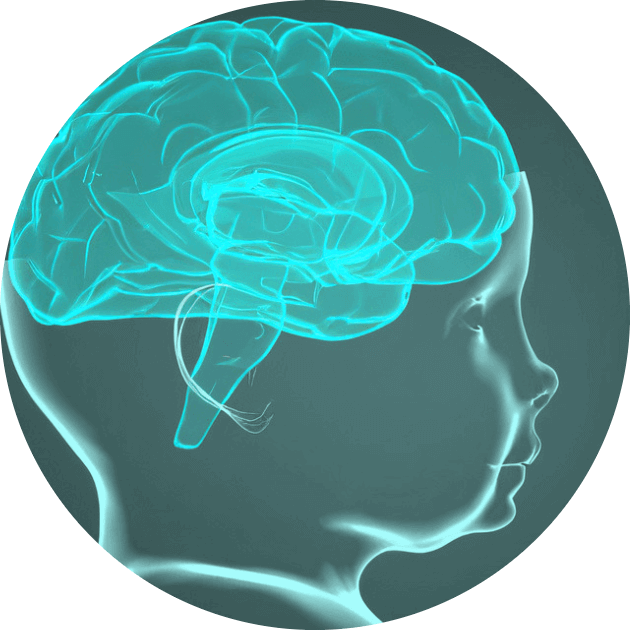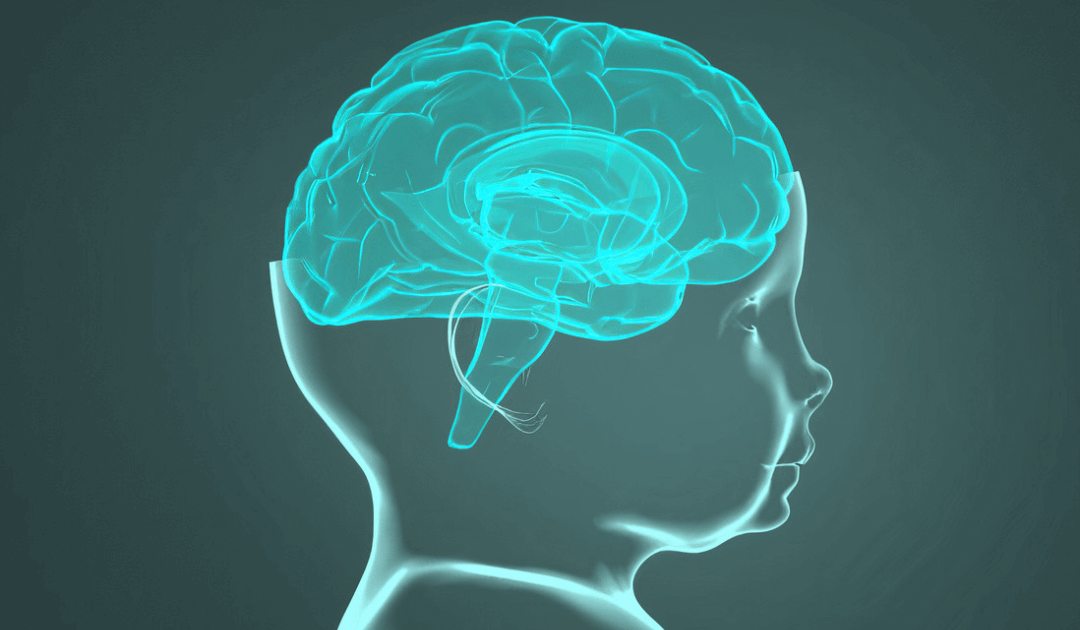
Gaba and glutamate are two neurotransmitters in the brain that can affect glutathione levels. Glutathione is a powerful antioxidant that helps to protect cells from damage. It also plays an important role in many metabolic processes, such as detoxification and energy production.
What is Glutamate
What is GABA
GABA and Glutamate production
How GABA and Glutamate affect Glutathione levels
How can we rebalance the GABA-Glutamate level?
What is Glutamate?
Glutamate is an amino acid that acts as an excitatory neurotransmitter in the brain and nervous system. It is the most abundant neurotransmitter in the brain, and it plays a crucial role in many brain functions such as learning, memory, and brain development.
Glutamate is released from the presynaptic neuron when a nerve impulse reaches the synapse (the junction between two nerve cells). It binds to receptors on the postsynaptic neuron, which then triggers an electrical impulse in the postsynaptic neuron. This process is called synaptic transmission and is the main communication mechanism between nerve cells in the brain and nervous system.
Glutamate also forms new memories by strengthening connections between neurons, a process called Long-term potentiation (LTP).
However, too much Glutamate in the brain can be toxic to neurons and cause excitotoxicity, which impacts the development of several neurological disorders such as stroke, traumatic brain injury, and neurodegenerative diseases like Alzheimer’s and Parkinson’s. Therefore, it’s important to maintain the balance between Glutamate and other neurotransmitters, such as GABA (gamma-aminobutyric acid), which is an inhibitory neurotransmitter that counters the excitatory effects of Glutamate.
What is GABA?
GABA (gamma-aminobutyric acid) is an amino acid that acts as an inhibitory neurotransmitter in the brain and nervous system. This means that it helps to reduce the activity of neurons in the brain, helping to regulate mood, anxiety, and sleep.
When a nerve impulse reaches the synapse (the junction between two nerve cells), GABA is released from the presynaptic neuron and binds to receptors on the postsynaptic neuron. This binding leads to the opening of chloride ion channels and causes the postsynaptic neuron to become less likely to fire an action potential. This process is called synaptic inhibition, and it helps to balance the activity of excitatory neurotransmitters like Glutamate and prevent overstimulation of the neurons.
GABA is synthesized in the brain from Glutamic acid, the most abundant neurotransmitter in the brain, by the enzyme Glutamic acid decarboxylase (GAD) through a process called decarboxylation. This process requires the presence of pyridoxal phosphate (vitamin B6) as a cofactor.
Low levels of GABA have been linked to several neurological disorders, such as anxiety, depression, insomnia, seizures, and ASD. The balance between GABA and other neurotransmitters, such as Glutamate, is crucial for normal brain function, and an imbalance can lead to neurological disorders.
GABA and Glutamate production
GABA and Glutamate are both synthesized from the same precursor molecule, Glutamic acid (Glutamate).
As mentioned before, the synthesis of GABA begins with the conversion of glutamic acid to glutamic acid decarboxylase (GAD) by the enzyme glutamate decarboxylase. GAD then catalyzes the decarboxylation of glutamic acid to form GABA. This process requires the presence of pyridoxal phosphate (vitamin B6) as a cofactor. So GAD enzyme breaks down Glutamate into GABA, which keeps GABA levels high.
On the other hand, the synthesis of Glutamate starts with the conversion of alpha-ketoglutarate, a metabolite of the citric acid cycle, to Glutamate by the enzyme Glutamate dehydrogenase. This process requires the presence of NAD+ as a cofactor.
It’s worth noting that while GABA is synthesized from Glutamic acid, the majority of Glutamic acid in the brain comes from dietary sources or from the conversion of other amino acids, not from GABA.
Both GABA and Glutamate are then stored in vesicles in the presynaptic neuron, ready to be released into the synapse when an electrical impulse reaches the neuron. The amount of GABA and Glutamate released, and the activity of the receptors they bind are regulated by a complex interplay of genetic, environmental, and epigenetic factors, which can affect the balance between the two neurotransmitters and their effects on the brain and nervous system.
In a healthy individual, there is a balance between GABA and Glutamate in the brain. However, if this balance is disrupted, it can lead to symptoms such as anxiety, depression, insomnia, headaches, seizures, and even Alzheimer’s disease, and some research shows GABA-Glutamate imbalance in children with autism.
It is important to note that GABA and Glutamate also play a role in regulating glutathione levels. Glutathione is an antioxidant that helps protect cells from damage caused by free radicals. It also helps to detoxify the body and plays an important role in keeping our immune system healthy. GABA and Glutamate help keep us healthy and functioning optimally by regulating glutathione levels.
How GABA and Glutamate affect Glutathione levels
So Glutathione is a powerful antioxidant that helps to protect cells from damage. It also plays an important role in many metabolic processes, such as detoxification and energy production.
Studies have found that GABA, which is an inhibitory neurotransmitter, can decrease glutathione levels, while Glutamate, which is an excitatory neurotransmitter, can increase them. The balance between GABA and Glutamate is thought to be important for maintaining healthy levels of Glutathione.
One study found that taking a GABA supplement was associated with lower levels of Glutathione. Increasing GABA activity may reduce Glutathione levels. On the other hand, increased glutamate activity has been linked to higher Glutathione levels.
It is important to keep in mind that there may be other factors that influence Glutathione levels.
How can we rebalance the GABA-Glutamate level?
Maintaining the right balance between GABA and Glutamate is essential for optimal health. It is important for normal brain function, and an imbalance can lead to neurological disorders such as anxiety and depression. Here are some ways to help maintain GABA-Glutamate balance:
Diet
Eating a diet rich in nutrients that support brain health, such as omega-3 fatty acids, antioxidants, and B vitamins, can help to balance GABA and Glutamate.
Exercise
Regular exercise can increase the levels of GABA in the brain, which can help to reduce anxiety and improve mood.
Stress Management
Chronic stress can disrupt the balance between GABA and glutamate, leading to anxiety and depression. Therefore, managing stress through techniques such as meditation, yoga, or deep breathing can help to restore this balance.
Sleep
Getting enough quality sleep is important for maintaining the balance between GABA and Glutamate. Sleep deprivation can result from an imbalance between the two neurotransmitters, leading to anxiety, depression, and other mood-related disorders.
Dietary supplements that can restore GABA-Glutamate balance
Some supplements, such as Phenibut, Picamilon, ashwagandha, Theanine, etc., can help to balance GABA and glutamate levels.
Phenibut:
A derivative of GABA that can cross the blood-brain barrier and increase GABA levels in the brain.
Picamilon:
It is a combination of GABA and niacin that can increase GABA levels in the brain.
Ashwagandha:
An adaptogenic herb that can reduce anxiety and stress by regulating the balance between GABA and glutamate.
Theanine:
Theanine is an amino acid found in green tea that can increase GABA levels and reduce glutamate levels in the brain. This precursor of Glutamate appears to lower glutamate activity in the brain by blocking receptors while also boosting GABA levels. It’s found naturally in tea and also is available as a supplement.
Magnesium:
Magnesium is an essential mineral for maintaining healthy GABA-Glutamate levels. It works by helping to regulate the receptors that control the flow of these neurotransmitters. Magnesium can act as a cofactor for enzymes that are involved in neurotransmitter synthesis and release.
Inositol:
A carbohydrate that is used as a mood stabilizer and can help to balance the levels of neurotransmitters such as GABA and Glutamate in the brain
Melatonin:
A hormone involved in regulating the sleep-wake cycle, it has been found to have some effects on regulating GABA and Glutamate balance.
5-HTP:
5-HTP is a natural supplement derived from the seeds of an African plant. It has been shown to increase serotonin levels, which helps balance GABA and glutamate levels in the brain.
N-Acetylcysteine (NAC):
NAC is an amino acid supplement that is known to boost glutathione levels. It also helps to regulate GABA-Glutamate balance in the brain.
Valerian Root Extract:
The valerian root extract has been used for centuries to treat anxiety and insomnia. It works by calming down overactive nerve cells, which helps to restore GABA-Glutamate balance in the brain.
Glutamine:
Your body converts this amino acid into Glutamate. Glutamine is available in supplement form and is present in meat, fish, eggs, dairy, wheat, and some vegetables.
Taurine:
This amino acid has been shown in rodents to alter both GABA and Glutamate brain levels. You can take it in supplement form and get it naturally in meat and seafood.
These dietary supplements can help to restore the balance between GABA and Glutamate in the brain, but it’s always best to consult your doctor before starting any new supplement regimen.
GABA supplementation is not the best way to balance GABA-Glutamate levels because it can have an overstimulating effect, and unused GABA will be reconverted into glutamine, which is then converted back into Glutamate through a so-called GABA shunt metabolic pathway.
Resources
- Schmidt-Wilcke T, Diers M. New insights into the pathophysiology and treatment of fibromyalgia. Biomedicines. 2017;5(4):22-. doi:10.3390/biomedicines5020022
- Byun J, Shin YY, Chung S, Shin WC. Safety and efficacy of gamma-aminobutyric acid from fermented rice germ in patients with insomnia symptoms: a randomized, double-blind trial. J Clin Neurol. 2018;14(3):291-. doi:10.3988/jcn.2018.14.3.291
- van Donkelaar EL, Blokland A, Ferrington L, Kelly PAT, Steinbusch HWM, Prickaerts J. Mechanism of acute tryptophan depletion: is it only serotonin?Mol Psychiatry. 2011;16(7):695-713. doi:10.1038/mp.2011.9
- Cruzat V, Macedo Rogero M, Noel Keane K, Curi R, Newsholme P. Glutamine: metabolism and immune function, supplementation and clinical translation. Nutrients. 2018;10(11):1564-. doi:10.3390/nu10111564
- Bulley S, Shen W. Reciprocal regulation between taurine and glutamate response via Ca2+- dependent pathways in retinal third-order neurons. J Biomed Sci. 2010;17(Suppl 1):S5-. doi:10.1186/1423-0127-17-S1-S5
- White D, de Klerk S, Woods W, Gondalia S, Noonan C, Scholey A. Anti-stress, behavioural and magnetoencephalography effects of an l-theanine-based nutrient drink: a randomised, double-blind, placebo-controlled, crossover. Trial Nutrients. 2016;8(1):53-. doi:10.3390/nu8010053
- Becker S, Schweinhardt P. Dysfunctional neurotransmitter systems in fibromyalgia, their role in central stress circuitry and pharmacological actions on these systems. Pain Research and Treatment. 2012;2012:1-10. doi:10.1155/2012/741746
- Schwartz T, Goradia V. Managing insomnia: an overview of insomnia and pharmacologic treatment strategies in use and on the horizon. DIC. 2013;2013: 212257. doi:10.7573/dic.212257
- Streeter C, Gerbarg P, Saper R, Ciraulo D, Brown R. Effects of yoga on the autonomic nervous system, gamma-aminobutyric-acid, and allostasis in epilepsy, depression, and post-traumatic stress disorder. Medical Hypotheses. 2012; 78(5):571-579. doi:10.1016/j.mehy.2012.01.021
- Holton KF, Kirkland AE, Baron M, et al. The low glutamate diet effectively improves pain and other symptoms of Gulf War illness. Nutrients. 2020;12(9):2593. doi:10.3390/nu12092593
- Cleveland Clinic. Glutamate.
- https://www.ncbi.nlm.nih.gov/pmc/articles/PMC5986471/


